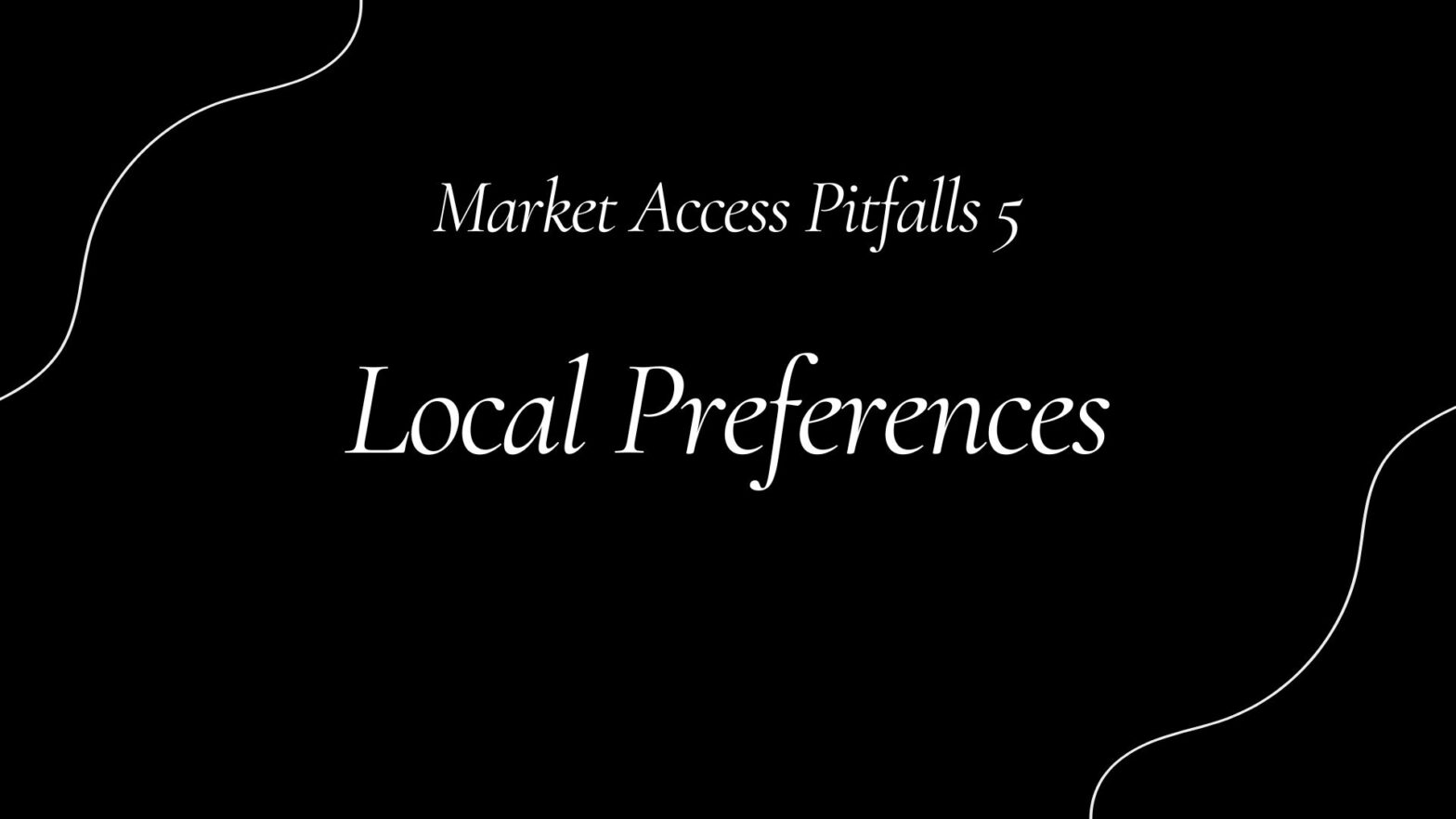It may be enough to travel from one neighborhood to another in your city to arrive in a completely different world. But you expect people abroad to be exactly the same as you?
Even McDonald’s adjusts its menu to local tastes across the world. So you, too, might find that your product is not ideally placed for market entry due to local preferences.
What Do You Mean by ‚Local Preferences‘?
Local preferences may extend to, among other things:
- Where an item is produced – this is becoming a big issue among German consumers, at least those who can afford to be picky. Some retailers will only source from EU producers if possible, because that is what consumers demand;
- What material an item is made of – especially with regard to clothing, and even more so where babies and small children are concerned;
- How it is packaged – one client used glossy packaging that Germans would probably consider a bit cheap-looking;
- Its color, cut etc. – especially with regard to fashion;
- If you sell D2C online: payment, shipping and delivery methods – this will make operations more complex for you, but the alternative is losing a sale;
- Where consumers shop for a specific type of item – one client insisted on selling in small shops and would not even consider whether an online platform might be where people go for that particular type of product.
U.S. Success Means…
… nothing.
Many of my clients proudly told me they were very successful in the U.S. market. The U.S., they said, was the toughest market in the world. To them, it was clear Germany and the EU were at their feet. No strategy needed.
I consider this a very dangerous mistake. The U.S. market is completely different from other markets. Consumer preferences and tastes are vastly different. Just ask two companies that did enter the German market and withdrew after a few years. You may have heard of them, they are called GAP and Walmart.
The EU Market
My clients would also talk about „the EU market“. They typically thought they had hammered out a strategy that could be applied to all 27 EU member states equally, and would yield results equally.
True, the EU does have a single market that makes cross-border selling comparatively easy. But there is no such single market in terms of consumer preferences. There are at least 27 separate markets in the EU (more if you take regional differences into account) – what works in Denmark might backfire in Romania.
GAP, for instance, abruptly closed its German stores in 2004 but continues to sell directly in a number of EU countries. It’s available in Germany, too, but through online retailers Zalando and AboutYou.

Ein Kommentar